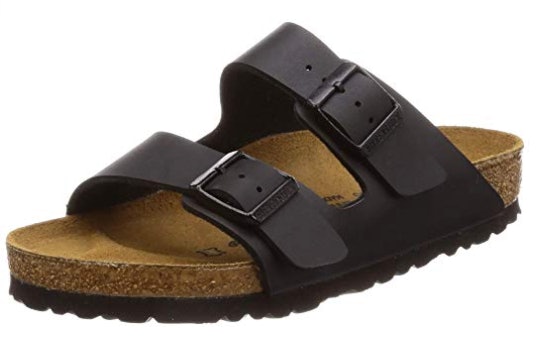


Three different pronation patterns exist. Knowing how much support your foot needs from a shoe and purchasing footwear that offers that support can increase comfort as well as the caliber and effectiveness of your run. Wearing shoes that don’t provide proper arch support may be a contributing factor to the development of pronation.Įvery person has different pronation.Standing or walking for long periods in high heels can lead to pronation.Heavy strain placed on the feet, and weakened muscles may cause pronation.In some people, however, pronation develops as a symptom of foot abuse from any of the following factors: Pronation can be present at birth or develop at an early age and is often a hereditary condition.
Best arch support sandals mens professional#
If you have one or two of these symptoms, you should seek help from a health professional for treatment options so that these symptoms cannot cause severe injuries to your foot. You abnormally wear out the soles and heels of your shoes very quickly.The knee pain slowly goes away when you rest. You develop knee pain when you are active or involved in athletics and run a lot.Conditions such as flat feet or bunions may occur.When standing, one or both of your kneecaps turn inward.While arch type can go a long way to determine whether or not your levels of pronation are normal, thorough gait analysis and therapy from a trained professional are recommended. Individuals with flat feet normally overpronate, and those with high arches are typically underpronaters. If you have a normal arch, you’re likely a normal pronator. If an individual overpronates or underpronates, they may experience problems. Normal pronation is the ideal situation for anyone. The most important thing to understand about pronation is that it is necessary.

Pronation is the tri-planar motion that allows us to transfer weight from our heels to the balls of our feet during gait.


 0 kommentar(er)
0 kommentar(er)
